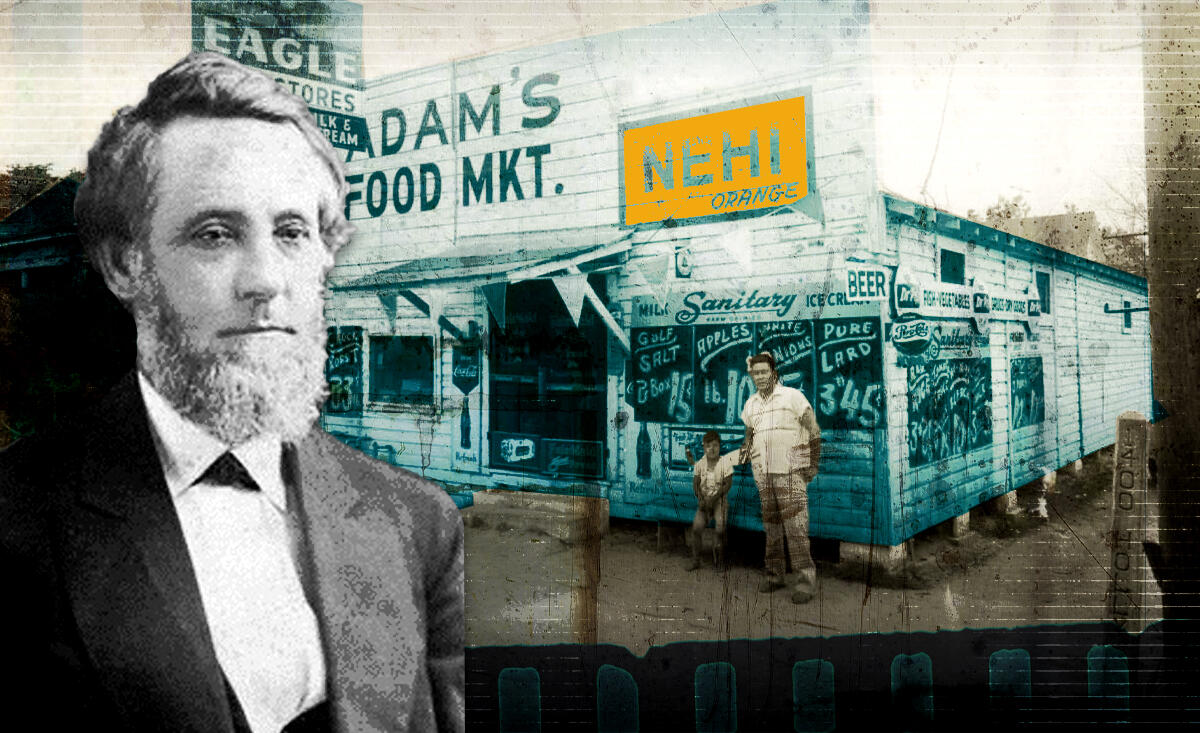Trending
Houston’s century-old property lines are wreaking havoc on downtown homeowners
‘The city is denying reality,’ says city planning expert

Century-old short-cuts and mistakes made by city planners have given developers license to inflict legal hell upon downtown Houston homeowners.
The legacy of sloppy maps drawn 100 years ago have “risen out of the ground like a litigious swamp monster, creating misery and heartbreak,” according to the Houston Chronicle.
The original layout of downtown Houston was drawn by William R. Baker, who settled in the then-Republic of Texas during the wild west days of the mid-19th century. The neighborhood he mapped out 170 years ago is now the location of the city’s First Ward in northwest downtown.
In the early 1900s, without anyone’s knowledge, surveyors and bureaucrats were drawing up negligent measurements more than 10 feet from existing boundaries consisting of homes, fences and yards. In classic Texas fashion, residents only cared that the lots were large and land was cheap, so a few feet of error didn’t matter– until now.
The result of these century-old maps conflicting with modern density and development has been a “real sh** show,” according to homeowner Cody Schlueter. In 2014, Schlueter and his wife Shanah bought a $325,000 three-story townhouse–one of three occupying a former single-family lot on Holly Street. When a developer bought the lot next door, the old survey revealed that the Schlueters’ townhome was encroaching on his property, and the Schlueters were ensnared in a legal battle with developers, surveyors, title companies and the city of Houston.
At one point, the city told the couple to simply whittle down the back wall of their home. Despite intense litigation on behalf of the developers, the Schlueters and their Holly Street neighbors were allowed to stay on the condition they demolish it when they left, but the decision prohibits any of them from selling or refinancing the townhomes.
The legal fight was detrimental to the Holly Street residents, especially boat captain Kenneth Jurasek “He talked about how it was such a burden on him. Just before he took his life, he told me he was fed up — just stuck and depressed,” his older sister Maria told the Chronicle.
“Other homeowners have the exact same problem,” the townhomes’ occupants warned in a lawsuit filed against Houston. “Yet the city does nothing.”
“Everyone knows it’s screwed up,” said Michael O’Dell, a 40-year surveyor who said he won’t work in the neighborhood because of the confusion.
Career surveyors have long decried developers who only want their legally enforceable maps quickly and cheaply. In the current climate, surveyors are expected to do 5-10 jobs in a day, “but for good surveys, you’ve got to do a lot of homework,” said O’Dell.
Many city surveyors still insist that only officially mapped lines be used to conduct property measurements. “We follow the footsteps of the original surveyor, not every time the wind changes,” said Matthew Probstfeld, a long-time Houston-area surveyor.
In the case of the Holly Street dispute, one 1919 surveyor simply ignored “the fact he was running his street through a whole row of houses,” according to Kent McMillan, who has provided expert surveying research in more than 100 legal cases, including Holly Street. As the years passed and documents became buried in the Harris County clerk’s office, no one bothered to update a turn-of-the-century insurance map that was 10 to 20 feet off base.
“There’s a bunch of potential lawsuits out there,” McMillan added. “The city is denying reality.”
On Edward Street, a short distance from Holly, Houston City Council took action in December by passing an ordinance to move the street’s official line. A measure William Merten, a veteran surveyor serving on the state’s professional licensing board, described as “a Band-Aid on an arterial flow.”
Anyone selling or buying land in the old Baker area “is still in jeopardy,” said Merten. “As things continue to fill in there, that’s where this is going to rear its ugly head.”
[The Houston Chronicle] – Maddy Sperling




